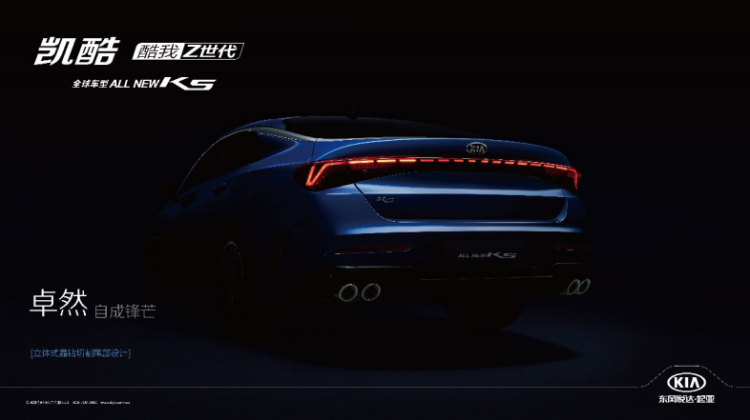Every car has headlights, even the oldest cars, even the carriage era, have their own lights. However, even with the development of the automobile industry for more than 100 years, the insufficient brightness and range of the original lights are still a very common problem; Regulatory requirements. For example, there was a very strange regulation in the United States in the last century, requiring all vehicle headlights to be four-eyed lights, and there are requirements for the size of the lights. This fixed shape will limit the lighting in a certain way. strength and application of new technologies.
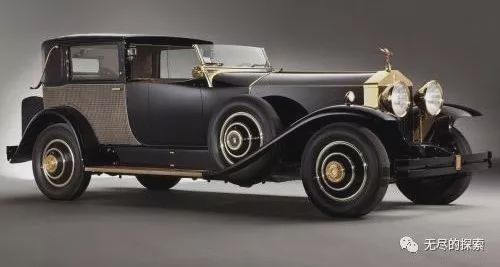
The off-road environment is an activity that has extremely high requirements for lighting, especially in some special terrains, such as Gobi or grasslands. If the lighting lumens are not enough, it is difficult to see various water gullies and small broken ridges. The desert is even more difficult. It is difficult to drive without sufficient intensity, width and range of lights. This is why it is common to modify auxiliary lights for off-road vehicles.
Types of lights that can be modified
There are many types of lights that can be selected for off-road vehicles. In terms of light sources, there are lasers, LEDs, xenon, halogens, etc. Of course, you can also have a few candles and firefly butts, no problem, as long as you I think it’s fine to be bright.
When we started to play off-road in the 1990s, there were only some truck lights and tractor lights as the source of choice for auxiliary lights; later foreign products began to enter, and Guangzhou Yongfu Road also began to have a large number of imitation products, such as PIAA being “evolved” “Into PLAA, it was also popular in China for a while.
At that time, most of the choices for auxiliary lamp modification were limited to halogen light sources, because xenon lamps were still too expensive at that time, and everyone could not afford them. Therefore, the brightness of auxiliary lamps was mainly determined by the power and lamp quality at that time. The coating process and quality of the light bowl, and now because there are many types of light sources, the type of light source has also become an important factor in determining the effect of auxiliary lights.
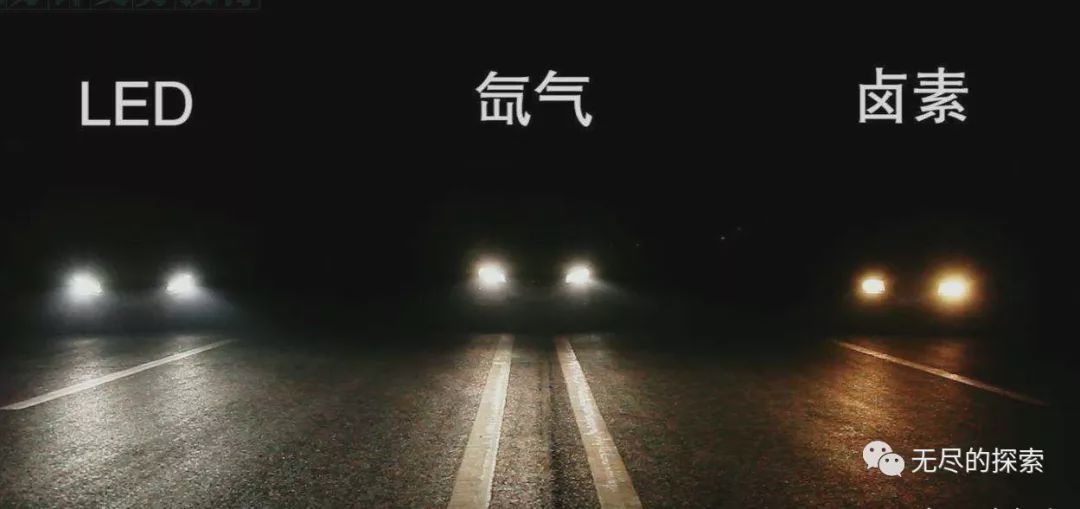
Three factors that determine the effect of auxiliary lights: power, size and coating quality
There is no need to distinguish the order of these several, the “cause” is different, and the “effect” is different. Under the premise of the same light source and coating, power is a prerequisite for determining brightness, but the power cannot be increased indefinitely. This is because the headlight is a configuration that consumes a lot of power in the car. The power of the modified headlights in those years was generally 1 100-130w one, four is four to five hundred watts of power. However, the power of the car generator, the thickness of the wire and the conductivity of the relay are limited, so the brightness cannot be increased by power without restraint.
The other one is actually meaningless to increase the brightness too much. For example, it is useless to turn on 10,000 auxiliary lights under the sunlight intensity, because the intensity and brightness of the sunlight have reached the saturation of your eyes, and it is meaningless to add more spotlights. . There is a lot of floating dust in the air in most parts of the country. Too bright auxiliary lights will cause very serious diffraction reflections. The beams of light caused by the auxiliary lights will seriously interfere with your observation effect, making it even more difficult for you to see the road conditions.

The importance and difference of auxiliary lamp coating
In addition to the diameter of the light reflector bowl and the characteristics of the luminous body-power, the material of the lamp surface coating is also very important to determine the brightness of the auxiliary light; the reflection efficiency of chrome plating, aluminum plating or other plating is very important. Therefore, the illumination effect of headlights of the same size may be completely different. In addition, the quality of the coating also directly determines the use effect and life of the headlights.
Poor quality coatings are easy to turn black, which will lead to low reflection efficiency of the headlights and a decrease in the irradiation effect, and the blackened coating will lead to a vicious cycle in the next round until the coating finally peels off and falls off. In the past, many shoddy domestic auxiliary lights were commonplace.
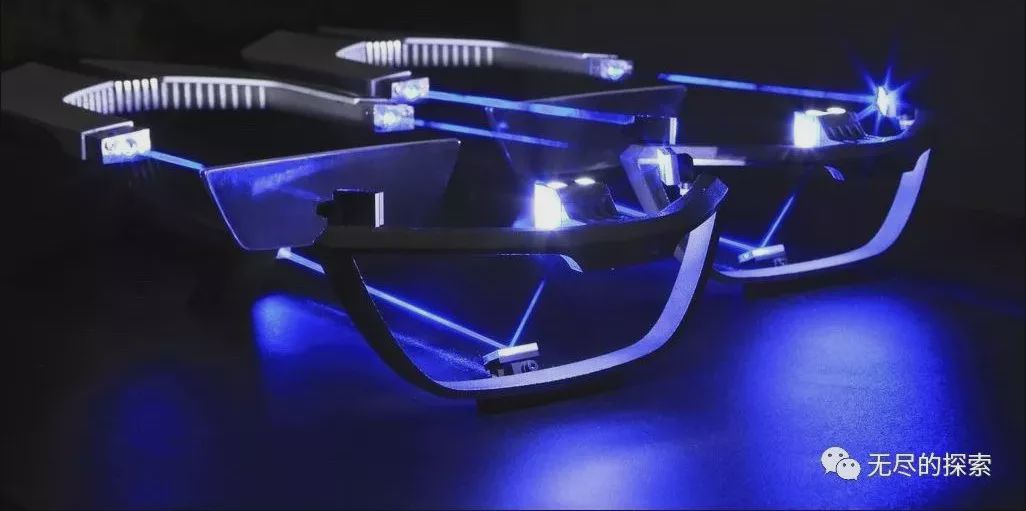
The difference and influence of color temperature
What is color temperature? Anyone who has learned the basics of digital photography will be very clear and understand the importance of white temperature for filming; but the role of color temperature of auxiliary lights and photography are completely different things, but the correct color temperature of car headlights is equally important.
Simply talk about the choice of auxiliary light color temperature, try to consider about 4300-5000k, if it is not in this range, then no matter the color temperature is high or low, it is easy to produce “dyeing effect”; When you use other color temperature lights, such as yellowish street lights, your light color will be “dyed” and change color, thus losing the proper lighting effect. It is easy to cause strong reflection and affect the line of sight and observation effect.
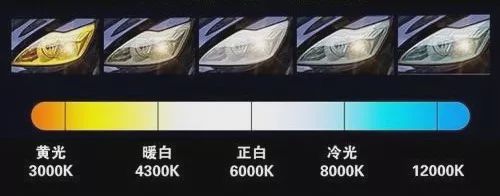
If the color temperature is low, such as the very popular golden eye (about 3000k color temperature) in the past few years, then the color of all objects illuminated by it will become 3000k, and this color temperature is not the color temperature of sunlight, that is, we can distinguish the “true color” of objects The color temperature of the object – this will seriously reduce the visibility of the object, because the illuminated object has been “colored”, and it is easy for you to see the shape and characteristics of the object after a long time, and it will also accelerate the process of eye fatigue .
Therefore, regarding the selection of the color temperature of the auxiliary light, we must pay attention to the above two points. They usually cause many problems inadvertently, which may affect driving safety, so we must pay more attention.
Sight and Distance: Your Discernment Ability
How far you can see clearly at night is very important. In most cases, auxiliary lights that are too far away are meaningless to you, because you can’t tell what it is; It’s impossible to pick out obstacles while moving at high speeds, especially something clinging to the horizon — like a brick — and these small things can often have very serious consequences for you.
In addition, a large number of traffic facilities, road signs, other obstacles and road curves will also affect your effective viewing distance; therefore, when driving in the dark, especially off-road driving, no matter how bright the auxiliary lights are, control the speed within your ability Inside is the most important.

Most people’s eye resolution is aided at night no matter how strong the light is, because of the siphon and tunnel effects of the night (drunk driving will be very obvious), plus more importantly, the light exposure is different from the sun; the sun’s illuminated area Covering the approximate cross-section of the entire earth, although there are also forward light and backlight, but generally speaking, it is diffuse light.
There will be light reflection around an object, but the light is completely different, it can only be illuminated from one angle, so after it hits the object, what it reflects back is only the side of the object facing the light, not illuminated The back and sides of the image have a very large light ratio compared to the front, and this light ratio will often change its truth, which is often quite misleading for the judgment of the human eye.
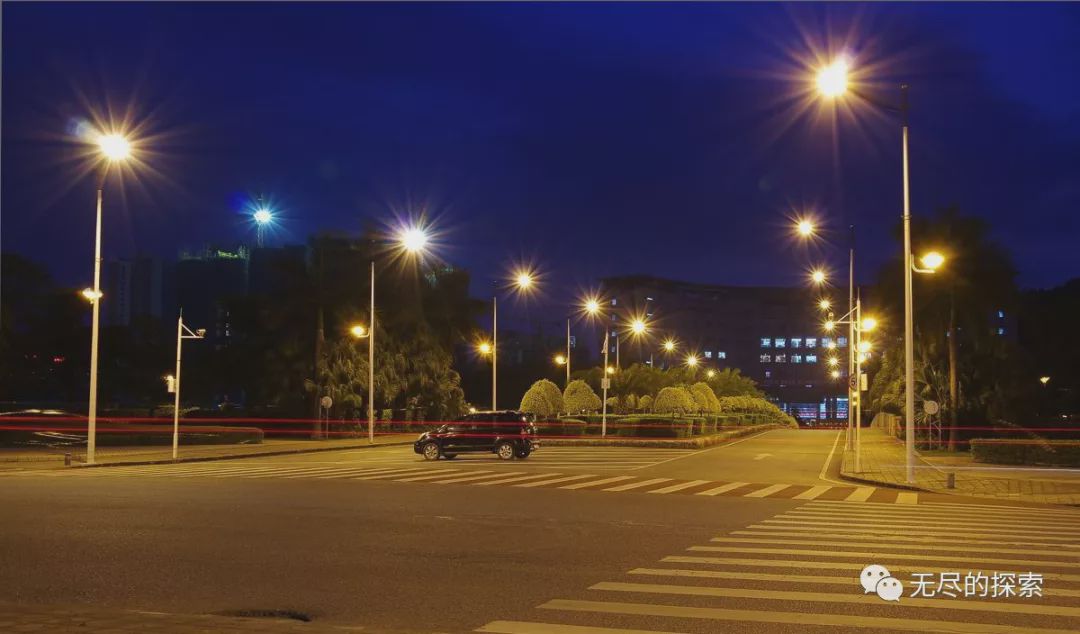
There is another more important point, that is, the “object outline” reflected by the light is not true color (this may not be easy for everyone to understand, you can compare the difference of the same object under the sunlight during the day, its color recognition, object There will be a significant difference in the sharpness of the outline); in this case, the ability of the human eye to distinguish will be greatly reduced.
It may not be easy for everyone to understand this, but you can compare the difference between the same object under the sun during the day. At a speed of 72km per hour (about twice the limit of human running speed, which is not fast as a car), you It only takes 5 seconds to drive 100 meters, and the braking distance is usually more than 50 meters on non-paved roads. That is to say, if it is a brick, then it actually only leaves you with 2.5 seconds at most. If you don’t recognize it If it comes out, it is dangerous. If it is light, it will blow out the tire and damage the car, but if it is heavy, I don’t need to say it.
(To be continued, some pictures are taken from the Internet, if there is something wrong, please let me know and delete it, thank you.)
There are many stars✨, but when the sun comes out, they all disappear.




